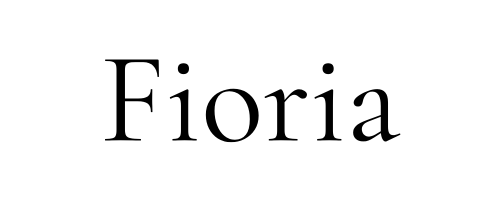Lamium: Features and Care

Lamium is a perennial plant known for its unique, variegated foliage and subtle yet beautiful flowers. It is especially popular as a ground cover that can brighten up any garden.
In this article, I will explore Lamium’s basic information, cultural significance, historical background, and tips for successful cultivation.
Basic Information
- Scientific name: Lamium
- Family: Lamiaceae
- Origin: Europe, Asia, North Africa
- Appearance: Lamium features striking silver-patterned leaves and delicate flowers in shades of pink, purple, or white. It grows to a height of 20–40 cm and spreads horizontally, making it ideal for covering ground. The combination of its attractive foliage and flowers makes it a versatile choice for adding subtle charm to shaded areas of a garden.
- Blooming season: It blooms from spring to early summer (May to June), with some varieties flowering again in autumn, depending on the region.
Cultural Significance Around the World

Lamium is frequently seen in traditional European gardens, where it is used to create a natural, cohesive landscape. The silver sheen of its leaves adds a touch of elegance, and it is often planted among perennials and shrubs to add depth and texture. The English name “Dead Nettle” comes from its resemblance to stinging nettle, but without the sting.
Lamium is also associated with the symbolism of “humility” and “subtle beauty.” In European culture, it is considered a modest yet charming plant that enhances the overall aesthetic of gardens without drawing too much attention to itself. It is particularly valued for its ability to thrive in the shade, making it a staple in shady or woodland-themed gardens.
Historical Episodes
Lamium has appeared in historical texts and botanical illustrations dating back to medieval Europe. It was often found in monastery gardens and castle courtyards, where it was grown alongside medicinal herbs. These gardens not only showcased the beauty of plants but also served to maintain the ecological balance of the area.
Throughout history, Lamium spread naturally across various parts of Europe, adapting to different environments. In rural villages, it became a familiar sight, thriving in fields, meadows, and the cracks of old stone walls. Its natural proliferation made it an integral part of traditional European landscapes, admired for its resilience and adaptability.
Gardening Advice

Lamium is an exceptionally hardy and low-maintenance plant. It thrives in shaded or partially shaded areas, making it perfect for spots where other plants may struggle. It is particularly effective for covering dry, shaded soil or areas under trees, where it can suppress weeds and keep the garden looking lush.
Watering should be done sparingly; Lamium prefers well-drained soil, so avoid overwatering. After planting, make sure to water thoroughly to establish the roots, but once settled, it only needs water when the soil becomes dry. Since it is prone to rot in overly moist conditions, good drainage is essential.
Lamium’s growth can be vigorous, so pruning or thinning out may be necessary to maintain balance and prevent it from overtaking other plants in the garden. It is also winter-hardy, with most varieties keeping their foliage throughout the colder months, making it a year-round asset to your garden.
Conclusion
Lamium is an excellent choice for gardeners looking to add easy-to-maintain beauty to their gardens. Its ability to thrive in shaded areas and its attractive, variegated foliage make it a valuable addition to any landscape.
Whether you are a seasoned gardener or a beginner, consider planting Lamium to add a touch of understated elegance to your outdoor space.




